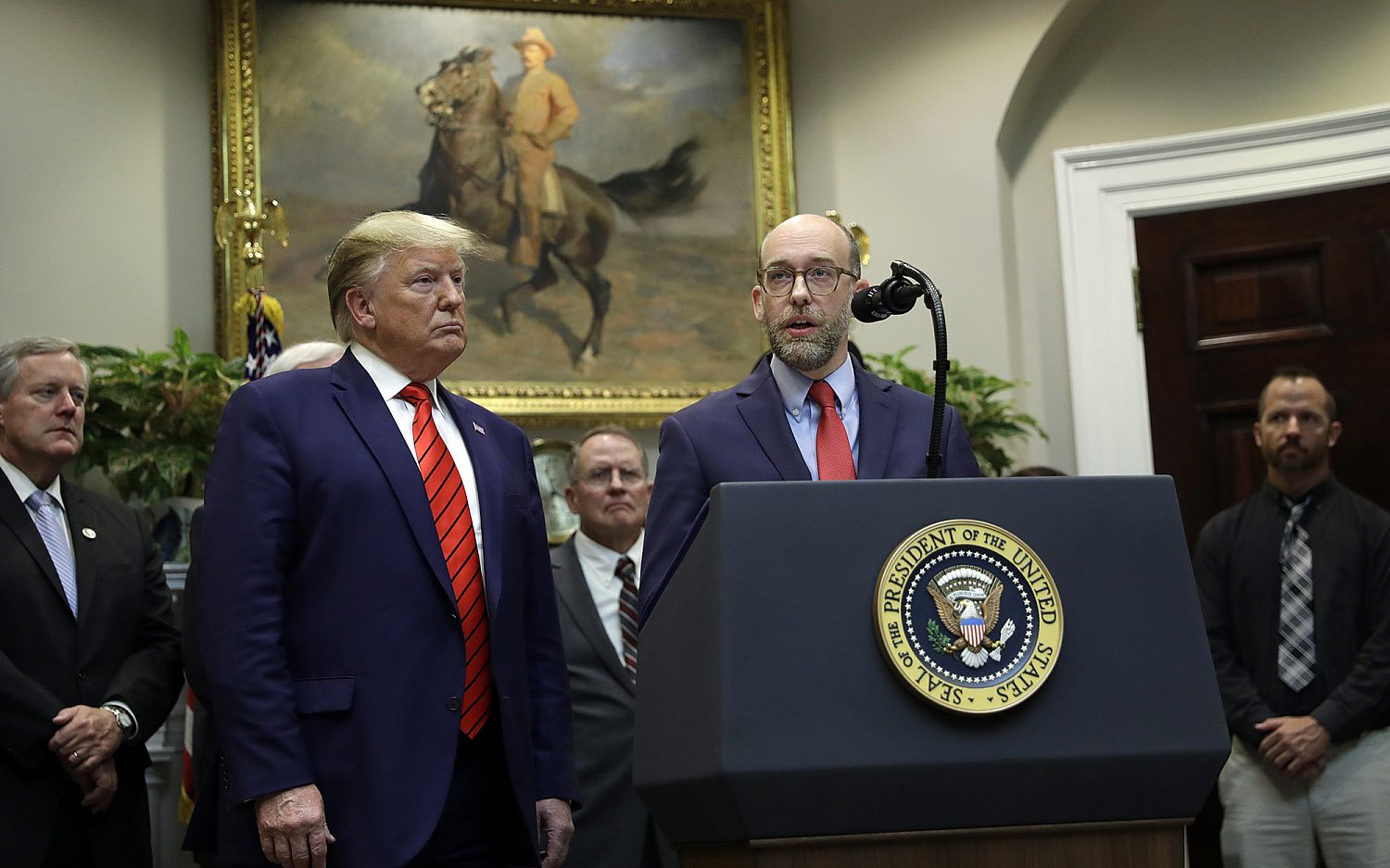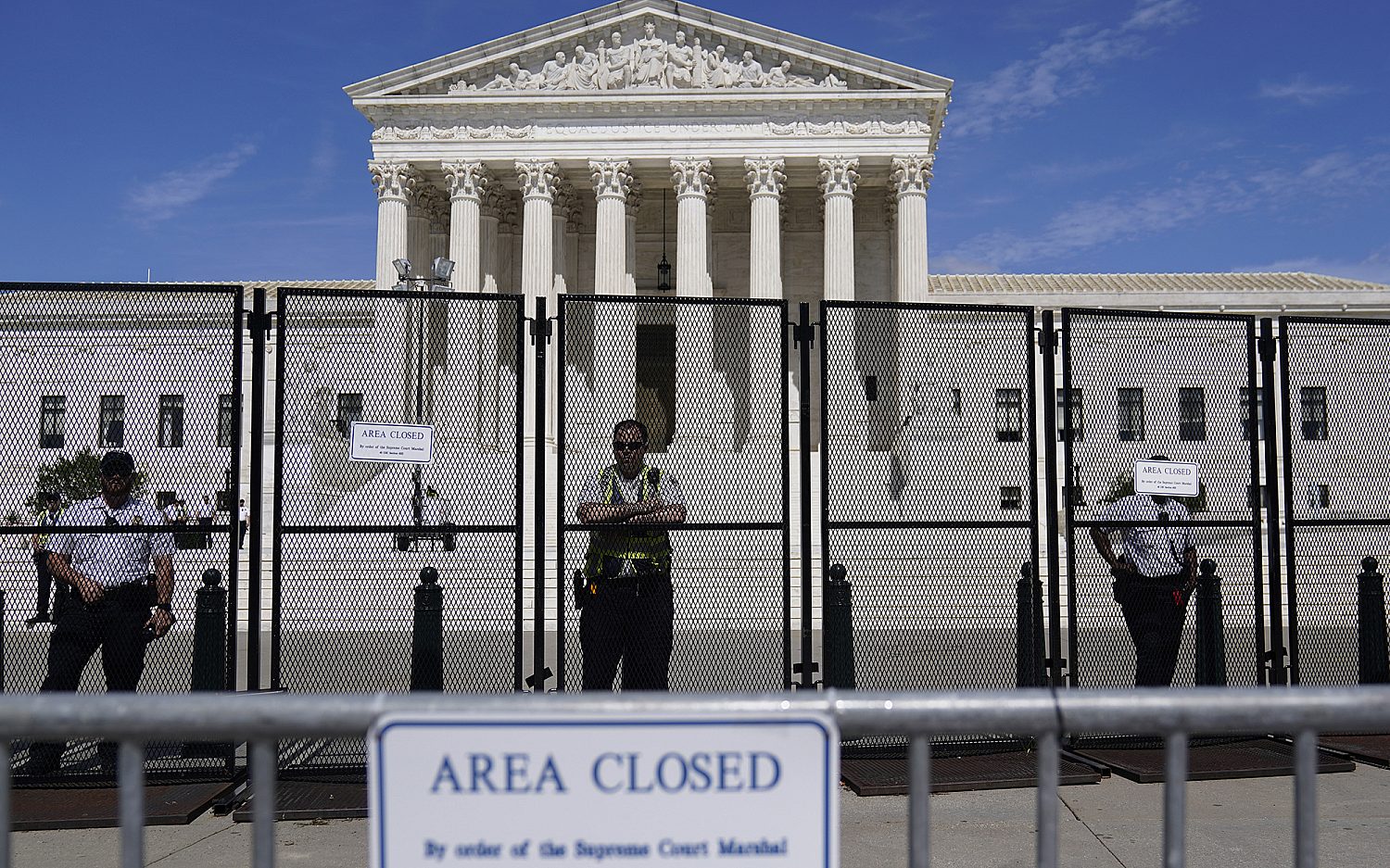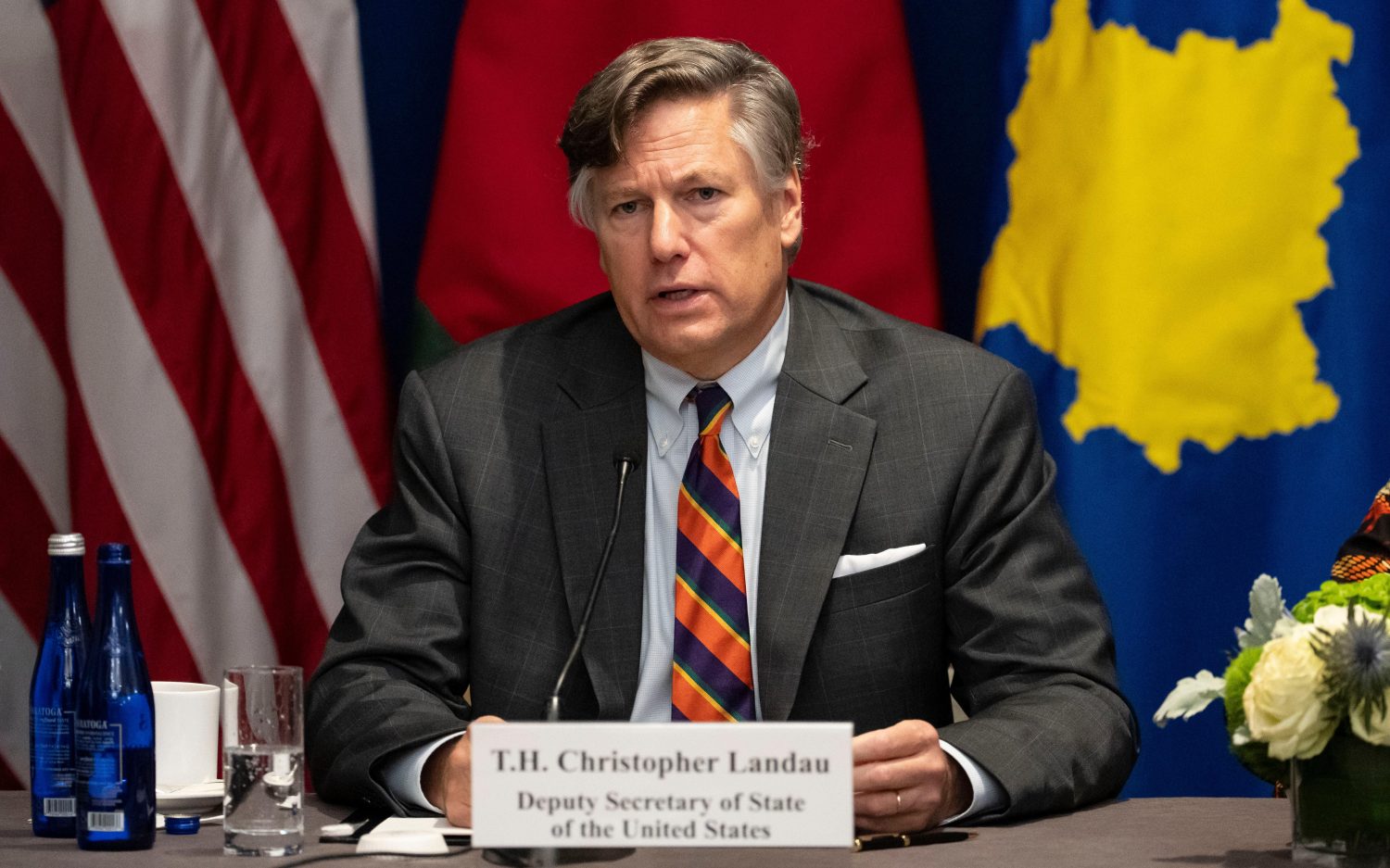The Roberts effect?
Some believe new chief justice John Roberts is ushering in a new era of collegiality on the Supreme Court
From a court where intellectual harmony in recent decades could be measured on a range from fractured to feuding, an intriguing unanimity suddenly is springing forth. In Rumsfeld v. FAIR, the court on March 6 unanimously rejected the claim of some liberal law schools that having to choose between forgoing certain federal funds and allowing military recruiters on campus violated the schools' free speech rights. Writing his first high court opinion, Chief Justice John Roberts ruled that FAIR had "attempted to stretch a number of First Amendment doctrines" and, in trying to "cast themselves as just like" schoolchildren and the Boy Scouts (litigants who had previously prevailed in high court free-speech claims), had exaggerated the reach of First Amendment precedents.
Only the latest in a string of unanimous opinions, the Rumsfeld ruling sparked discussion: Is Justice Roberts ushering in a new era of collegiality on the court?
"Chief Justice John Roberts is leading the court in a new direction of efficiency and clarity of thought...," wrote Edward L Carter, an attorney and assistant professor of communications at Brigham Young University, in a March 7 editorial. "That Roberts held the entire court together on this contentious [the military's "Don't Ask, Don't Tell] issue does signal that he may be a strong leader."
In 12 of its last 14 opinions, the court has either issued a unanimous or "per curiam" (an opinion issued by the court as a body) ruling. In two more cases, all justices agreed with the majority, though separate, concurring opinions were filed. And in another two cases, only one justice -Clarence Thomas-dissented. The types of law at issue in the cases ran the gamut, from parental involvement in abortion, racial animus, and religious practice to patent infringement, campaign finance, and corporate price-fixing.
Thomas More Society attorney Thomas Brejcha, on the winning side in last week's high court ruling in National Organization for Women v. Scheidler, an abortion-related case, said the court's recent harmony shows "a departure from the sharp, acrimonious division that has really dominated the jurisprudence up there for years...I think Roberts has [the justices] focused on narrow, specific issues of law."
Heritage Foundation legal studies director Todd Gaziano has known John Roberts for years. "There is support for the idea that the new chief justice could be emerging as a consensus-builder," Mr. Gaziano said, citing the unanimous decision in another abortion case, Planned Parenthood v. Ayotte, as "a bit of a surprise."
Still, he said, other factors-such as a shuffling of the docket to allow Justice Sandra Day O'Connor to weigh in on certain cases before she left the bench, and the grouping together of less complex cases to dispense with them quickly-might also explain the court's sudden spate of unanimity. While Mr. Gaziano agrees that there is cause for optimism, the high court's latest round of opinions, he said, "don't quite make a trend yet."
An actual newsletter worth subscribing to instead of just a collection of links. —Adam
Sign up to receive The Sift email newsletter each weekday morning for the latest headlines from WORLD’s breaking news team.





Please wait while we load the latest comments...
Comments
Please register, subscribe, or log in to comment on this article.